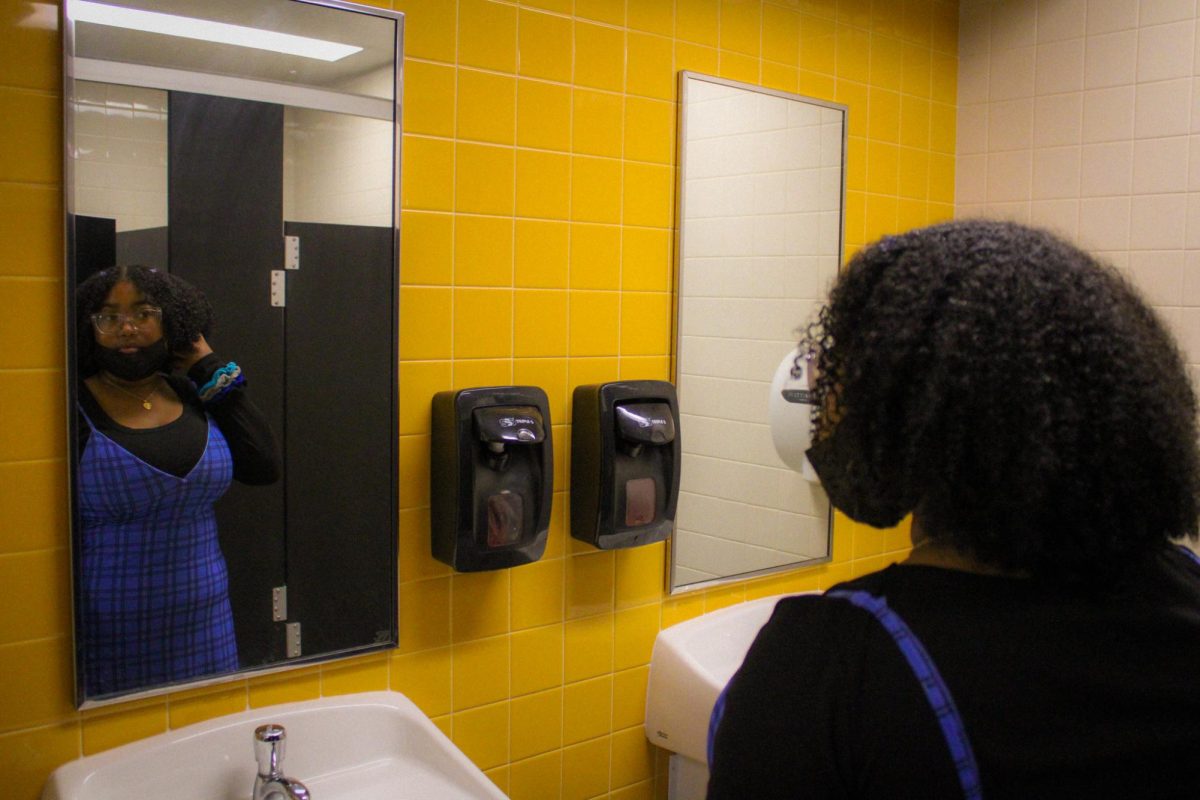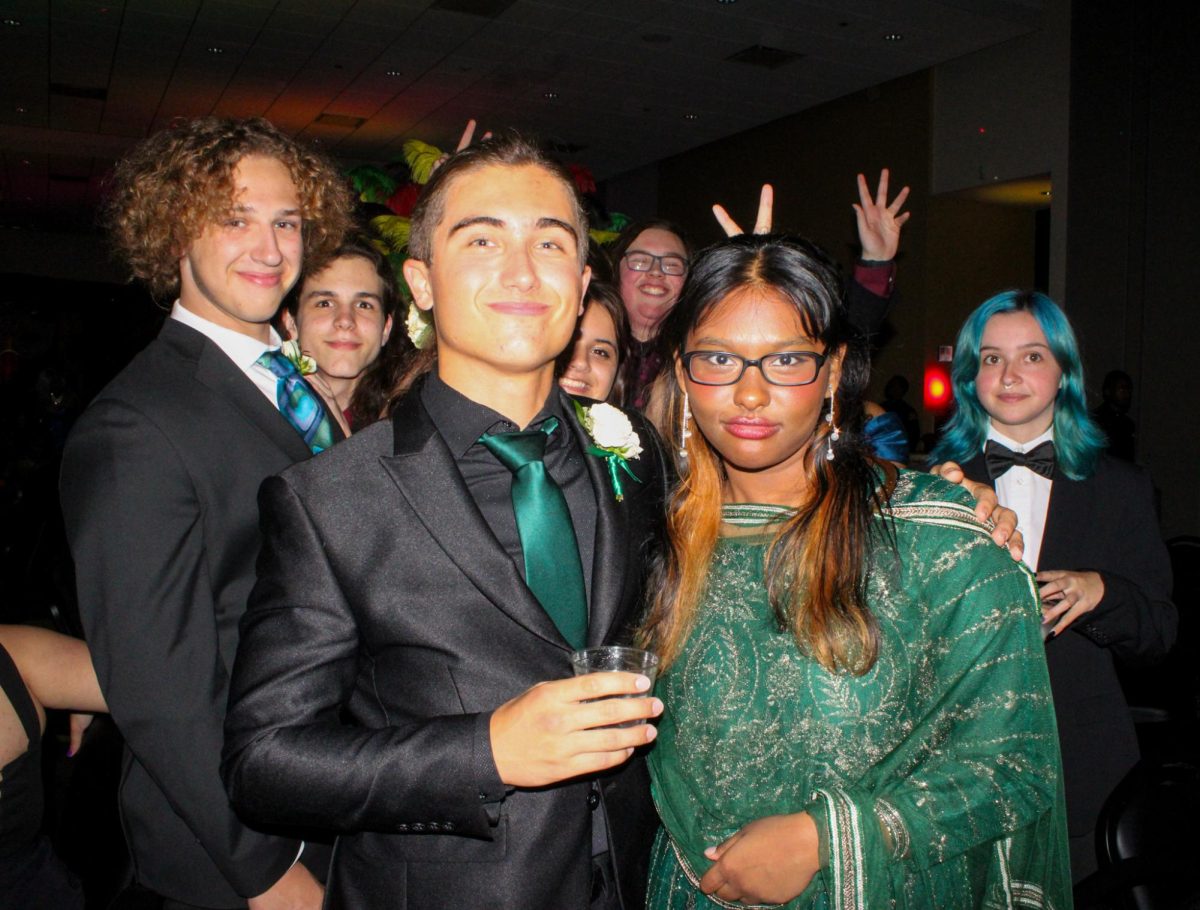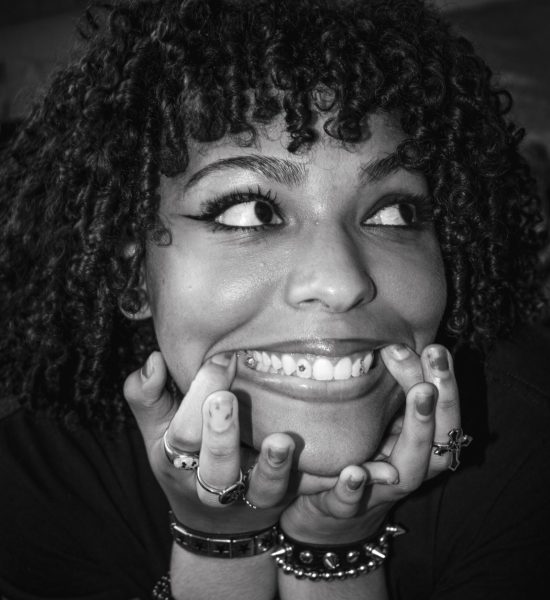A lot of teenagers look forward to coming to school and sharing their styles with their peers. Staying up late picking out the perfect outfit for the next day of school is not a foreign ritual for a lot of teens. The clothes we wear are how we display our sense of individuality, so why do schools try so hard to combat that?
Dress code is a very controversial matter. While it is supposed to be in place to “eliminate distractions” and create a safe environment it does the opposite. It can make girls insecure about their bodies, discriminates against minority groups and reflects the weight of the United States society on teenage girls.
When Pooja Patel was 12 years old, she was dress coded for wearing a denim skirt with leggings underneath, the reason that her teacher told her being “…I know you like fashion, but I have heard some boys in your class talking about the way you are dressed. I think it would be best if you change,” Patel wrote in the NEDA Blog. From here she began to question herself: Is there something wrong with my body? Why do I need to hide these parts of myself? And is it my fault I look this way?
Dress coding young impressionable girls can start the slippery slope that is negative body image. While it is understandable to try to prevent 4th graders from wearing revealing clothing, dress coding girls simply because normal parts of their bodies are showing. For example, girls can be dress coded for showing their shoulders which teaches that they need to hide these parts of their body, since it is mandated that they are “unacceptable” to be shown.
Dress Codes also show the sexist and misogynistic nature of these rules since they are usually applied only to girls. I see girls getting dress coded all the time, while boys who sag their pants exposing their underwear and wearing beanies and hats do not.
Back in 2022 this issue was highlighted when girls on the Albany Highschool’s track team were dress coded for wearing sports bras on a sweltering day during practice, while the boys were not dress coded even though they were shirtless.
There is a wavering disproportion between how school administrators go about dress coding, especially when it comes to gender. This reflects internalized sexualization of girls as compared to boys and misogyny. Even though these are children.
Not only does the dress code target girls, but it also targets minority groups. The Government Accountability Office reported that dress code is disproportionately enforced more on girls and rules about hair and head coverings can target black students and those of certain religions, which in turn can make students miss class affecting the learning of these students.
Natalie Stoneman a former senior of Lakewood High School explained how after being dress coded “[she] would sit in student services for an hour or sometimes longer when I could be in class,” Stoneman said
On Nov. 14 I was held in the office for two hours, missing my entire lunch period and 6th period.
While a lot of people may argue that students just need to wear more appropriate clothing, it is hard to when stores only sell crop tops and short shorts.
“I notice they seem to dress code girls with more body,” Stoneman said.
Most retailers do not have clothes tailored to every body type, making it difficult for taller or more curvy students to find appropriate clothing for school, this sets an unfair standard for students.
The dress code is reasonable at Lakewood High School, but the real issue is the process and the lack of inclusivity in clothing for students. If some brands could become more inclusive there would be significantly fewer students getting dress coded.
The dress code is set in place to eliminate distractions and keep students focused on their studies, but keeping students in the office for hours is unreasonable since it takes away from these students’ class time, defeating the main purpose of this problem.









